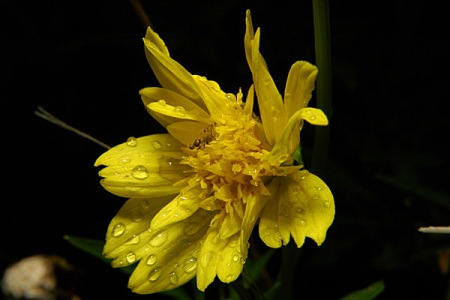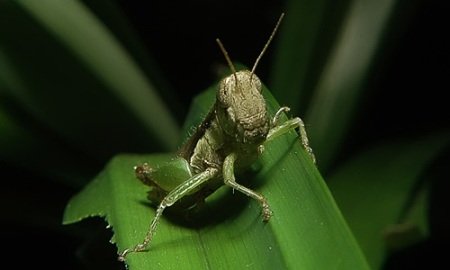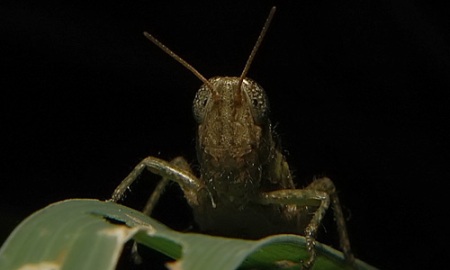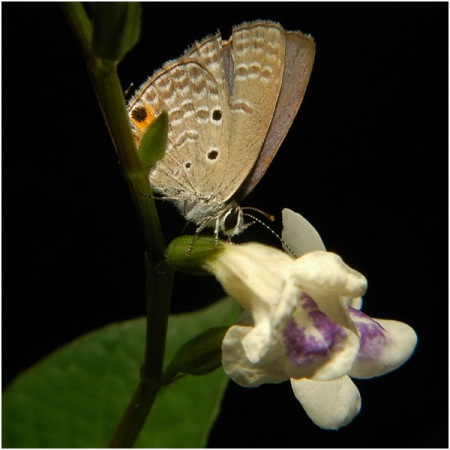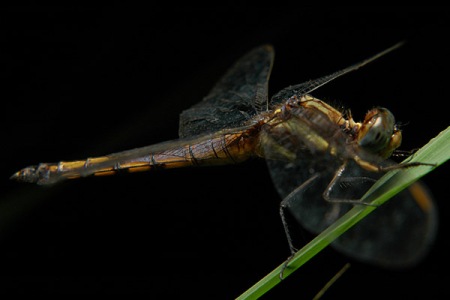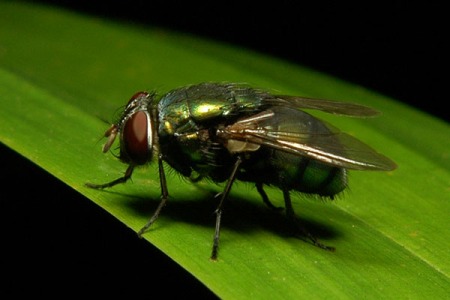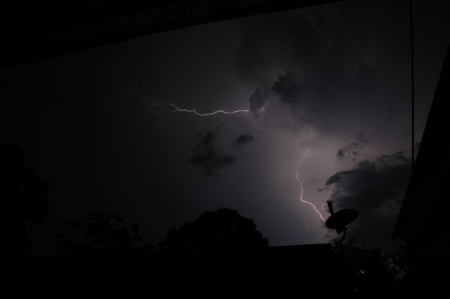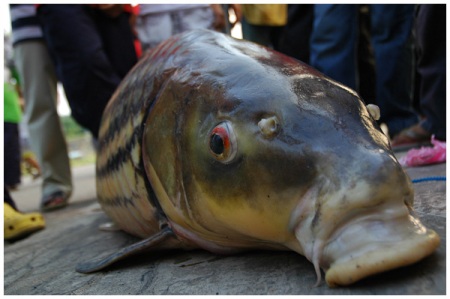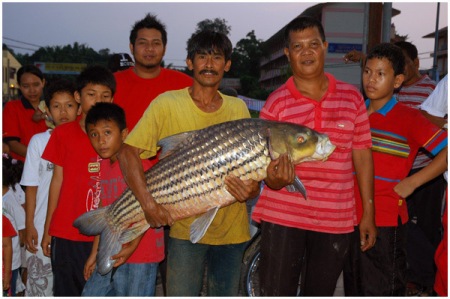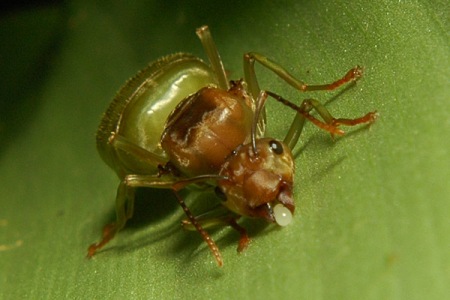_________________________________________________________________________________________
Bunga Kertas /Bougainvillea
Pokok Bunga Kertas (bahasa Inggeris: “bougainvillea“) mempunyai bunga berwarna-warni yang berkembang sepanjang tahun dan oleh itu, telah menjadi pilihan tanaman hiasan tropika yang sangat popular. Berasal dari Amerika Selatan, pokok bunga kertas sering ditanam di taman-taman, kawasan perumahan, dan kawasan hiasan laman. Semasa pokok bunga kertas berbunga, adalah kebiasaannya bahawa kebanyakan daunnya akan luruh dan meninggalkan bunga-bunga dan dahan-dahan yang menarik. Nama botani bunga ini Bougainvillea spp.
Pokok bunga kertas mendapat nama disebabkan bunganya yang nipis dan mempunyai ciri-ciri seperti kertas. Nama Inggeris bunga ini, iaitu Bougainvilla, pula dinamakan sempena nama Louis Antoine de Bougainville, seorang Komander Laut Perancis.
Pokok bunga kertas tergolong dalam famili Nyctaginaceae yang mengandungi 28 genus dan 250 spesies. Terdapat tiga spesies utama bougainvilla di Malaysia, iaitu B. glabra, B. spectabilis, dan B. Mrs. Butt. Banyak kacukan telah dilakukan daripada tiga spesies asal ini untuk menghasilkan pokok bunga kertas yang mempunyai pelbagai warna kelopak, baik selapis mahupun banyak lapis.
Pokok bunga kertas juga menjadi pilihan kacukan untuk menjadikan pokok bunga kertas yang mempunyai pelbagai dahan dengan bunga yang berlainan warna. Pokok bunga kertas menjadi pilihan ramai disebabkan bunga berwarna-warni yang cantik dan tahan lama, mudah dijaga, serta pokoknya yang tahan lama sehingga melebihi 20 tahun (jika dijaga dengan betul). Pokok bunga kertas kini juga menjadi pilihan bagi menghasilkan pokok bonsai renek.
___________________________________________________________________________________________
Bougainvillea (pronounced /ˌbuːɡɨnˈvɪliə/)[1] is a genus of flowering plants native to South America from BrazilPeru and south to southern Argentina (Chubut Province). Different authors accept between four and 18 species in the genus. The plant was discovered in Brazil in 1768, by Philibert Commerçon, French Botanist accompanying French Navy admiral and explorer Louis Antoine de Bougainville during his his voyage of circumnavigation. west to
They are thorny, woody, vines growing anywhere from 1-12 meters tall, scrambling over other plants with their hooked thorns. The thorns are tipped with a black, waxy substance. They are evergreen where rainfall occurs all year, or deciduous if there is a dry season. The leaves are alternate, simple ovate-acuminate, 4-13 cm long and 2-6 cm broad. The actual flower of the plant is small and generally white, but each cluster of three flowers is surrounded by three or six bracts with the bright colors associated with the plant, including pink, magenta, purple, red, orange, white, or yellow. Bougainvillea glabra is sometimes referred to as “paper flower” because the bracts are thin and papery. The fruit is a narrow five-lobed achene.
Bougainvillea are relatively pest-free plants, but may suffer from worms and aphids. The larvae of some LepidopteraGiant Leopard Moth. species also use them as food plants, for example the
Cultivation and uses
Bougainvilleas are popular ornamental plants in most areas with warm climates, including the Philippines, Thailand, Pakistan, India, Taiwan, Vietnam, Malaysia, Australia, Singapore, the Mediterranean region, the Caribbean, Mexico, South Africa, Kuwait,and the United States in Arizona, California, Florida, Hawaii, Louisiana, and southern Texas.
Numerous cultivars and hybrids have been selected, including nearly thornless shrubs. Some Bougainvillea cultivars are sterile, and are propagated from cuttings.
Bougainvillea are rapid growing and flower all year in warm climates, especially when pinched or pruned. They grow best in moist fertile soil. Bloom cycles are typically four to six weeks. Bougainvillea grow best in very bright full sun and with frequent fertilization, but the plant requires little water to flower. As indoor houseplants in temperate regions, they can be kept small by bonsai techniques. If overwatered, Bougainvillea will not flower and may lose leaves or wilt, or even die from root decay.
Symbolism
Various species of Bougainvillea are the official flowers of the island of Grenada, the island of Guam, of Lienchiang and Pingtung Counties in Taiwan, Ipoh, Malaysia[1] and of the cities of Tagbilaran, Philippines; Camarillo, California; Laguna Niguel, California; San Clemente, California; and Naha, Okinawa.
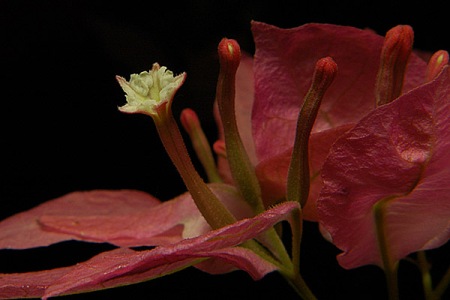
__________________________________________________________________________________
Bunga Tahi Ayam / Lantana Camera Linn
Pokok Bunga Tahi Ayam atau juga dikenali sebagai Bunga pagar mempunyai nama saintifik Lantana Camara .
Pokok Bunga Tahi Ayam (Lantana Camara) merupakan sejenis pokok berbunga yang mempunyai bentuk yang cantik tetapi berbau kurang menyenangkan.
Ia merupakan sejenis pokok renek berbulu dan digunakan dalam perubatan Melayu.
Terdapat sekitar 100 jenis lantana. Ketinggiannya boleh mencapai 3-5 kaki. Kelebaran tumbuhan ini boleh mencapai ke 8 kaki. Batangnya berduri dan daunnya pula berbau yang kurang menyenangkan . Bunga tumbuhan ini berbentuk payung dan mempunyai pelbagai warna dari kuning, merah jambu, ungu dan kuning kemerahan.
Warna bunga ini juga berubah megikut peringkat iaitu dari warna putih ke warna kuning, warna jingga ke warna merah dan warna pink ke warna ros kemerahan. Perubahan warna ini berubah mengikut kepada iklim. Kebiasaannya tumbuhan renek ini hanya didapati di negara-negara beriklim lembap sahaja. Buahnya pula berbentuk tangkai, berwarna hijau, merah dan biru kehitaman. Pokok Lantana ini lazimnya sangat jarang dirosakkan serangga ataupun haiwan, ini kerana pokoknya yang beracun.
__________________________________________________________________________________
